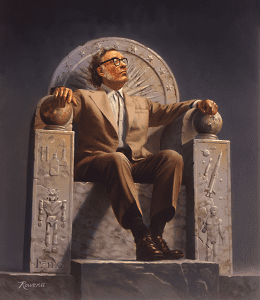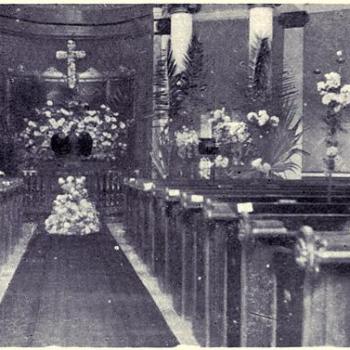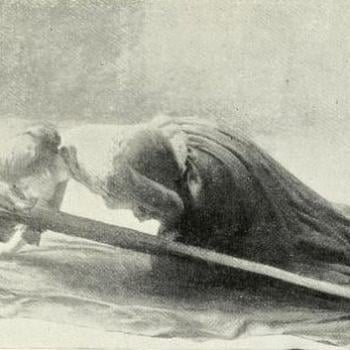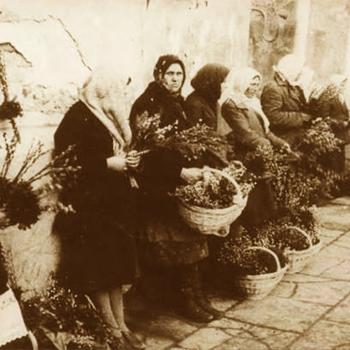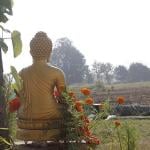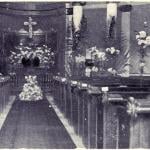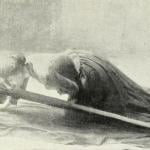Somewhere between the beginning of October, 1919, and the beginning of January, 1920, Isaak Yudovich Oximov was born in Petrovich in what today is Russia. The exact date is in fact not known. But, in later years, after he grew up, he took to celebrating his birthday on the 2nd of January.
His family immigrated to the United States when he was three years old. His Americanized name was Isaac Asimov. The young Isaac’s family owned a candy store, actually it seems a succession of candy stores. They also sold magazines, which Asimov credits as being a steady source for his unquenchable thirst for reading materials. He particularly gravitated to Science Fiction. And by the time he was eleven he was writing his own stories. At nineteen he sold his first story.
Asimov graduated High School at fifteen, but had trouble pursuing college as a Jew. He earned his undergraduate degree in Chemistry from University Extension. Denied admission to medical school, possibly because he was Jewish, and after a digression serving as a civilian employee at the Philadelphia Navy Yard and then as a soldier during the war, he ended up earning his doctorate in Chemistry at Columbia.
He began teaching at Boston University, and he began serious writing. He was wildly successful. He became a feature at Science Fiction conventions, as popular for his personality and willingness to engage his fans as for his writings, as significant as many of them were to the “canon.” His Three Laws of Robotics, for instance, has become a feature of popular cultural understanding. He coined the terms “psychohistory,” and “positroic,” and most significantly “robotics.”
Asimov was one of the leading figures in the American Humanist Association, and a founding member of the Committee for the Scientific Investigation of Claims of the Paranormal.
An unsigned biographical sketch at biography.com summarizes his career.
“Asimov was also known for writing books on a wide variety of subjects outside of science fiction, taking on topics like astronomy, biology, math, religion and literary biography. A small sample of notable titles include The Human Body (1963), Asimov’s Guide to the Bible (1969), the mystery Murder at the AB A (1976) and his 1979 autobiography, In Memory Yet Green. He spent most of his time in solitude, working on manuscripts and having to be persuaded by family to take breaks and vacations. By December 1984, he had written 300 books, ultimately writing nearly 500.
“Asimov died in New York City on April 6, 1992, at the age of 72, from heart and kidney failure. He had dealt privately with a diagnosis of AIDS, which he’d contracted from a blood transfusion during bypass surgery. He was survived by two children and his second wife, Janet Jeppson.”
A towering figure.
A deep influence on my early life. And on the lives of many.
I’m glad there’s been an attempt to take the day he choose for his birthday to be national Science Fiction Day.
A double blessing.
(the portrait of Isaac Asimov enthroned is by Rowena Morrill)


